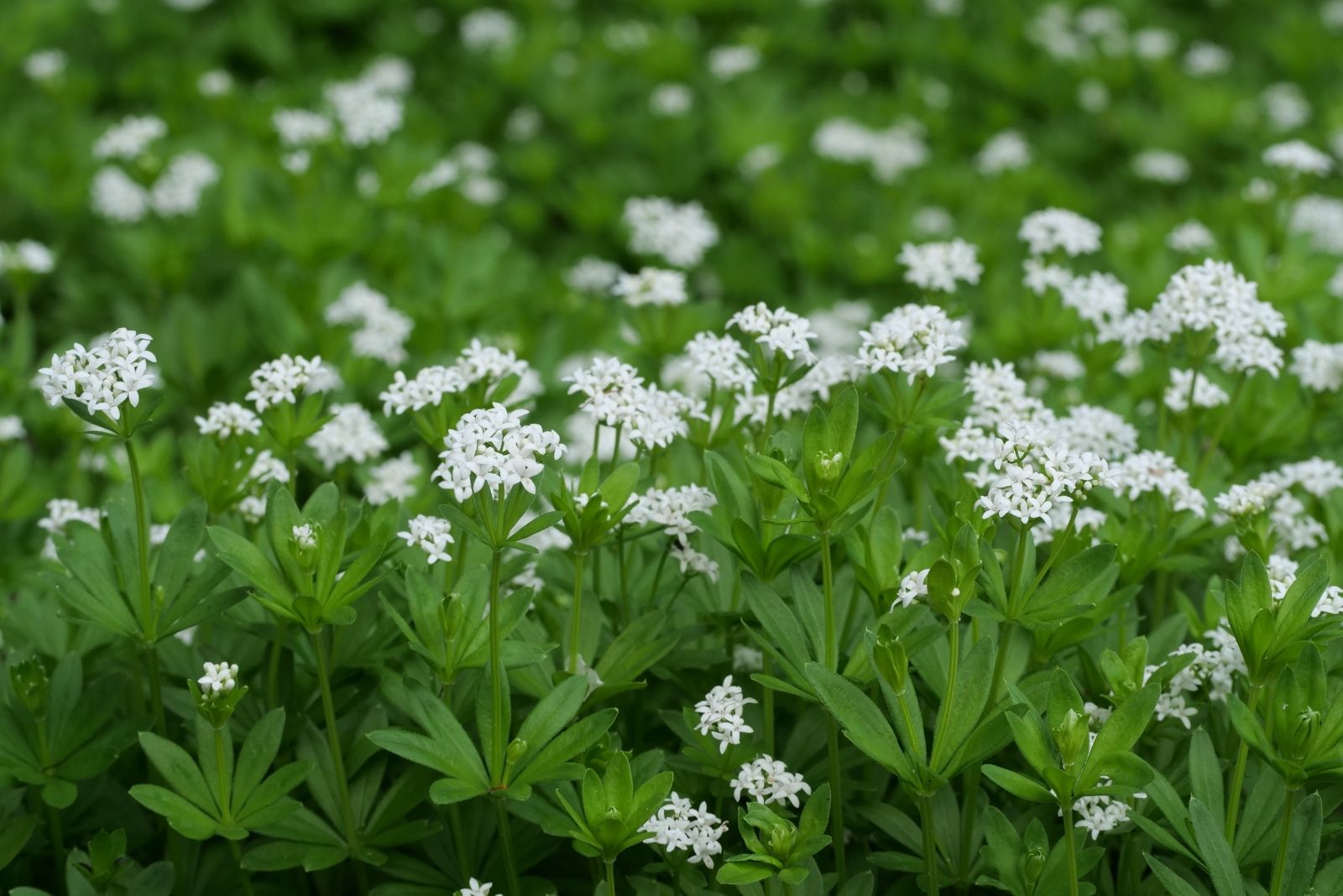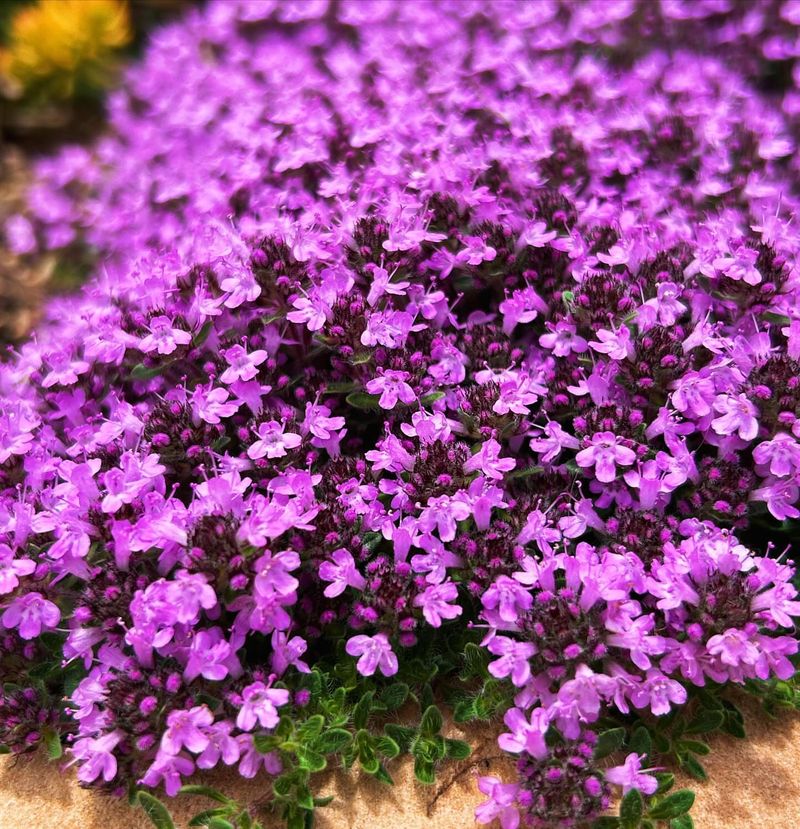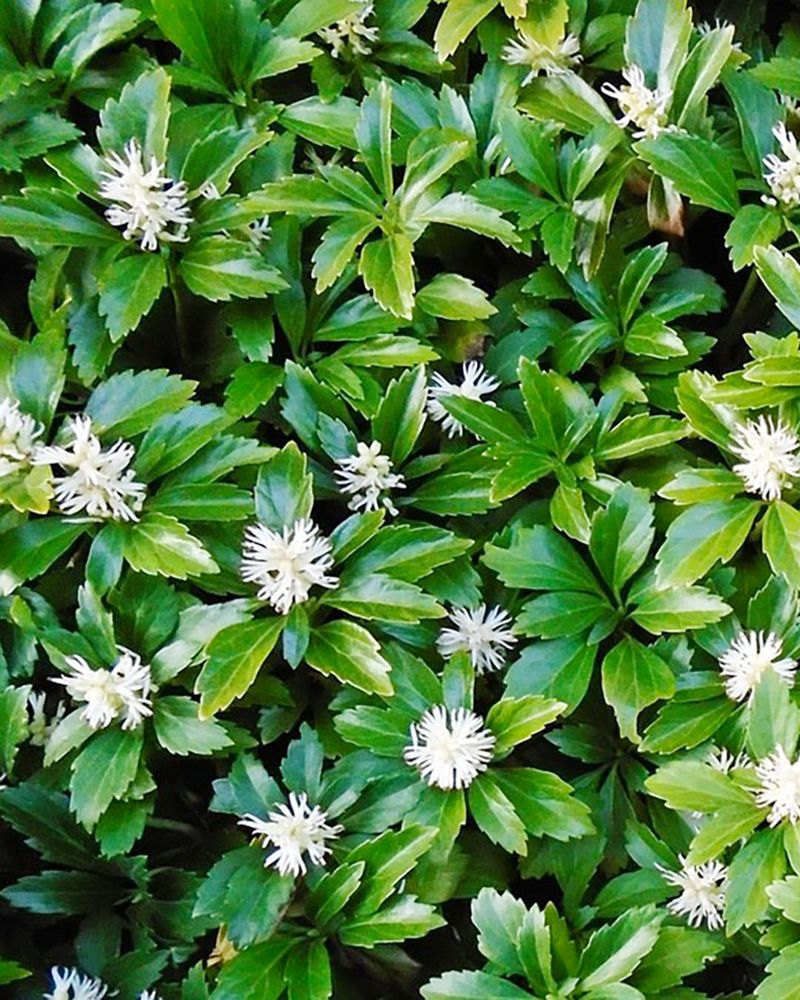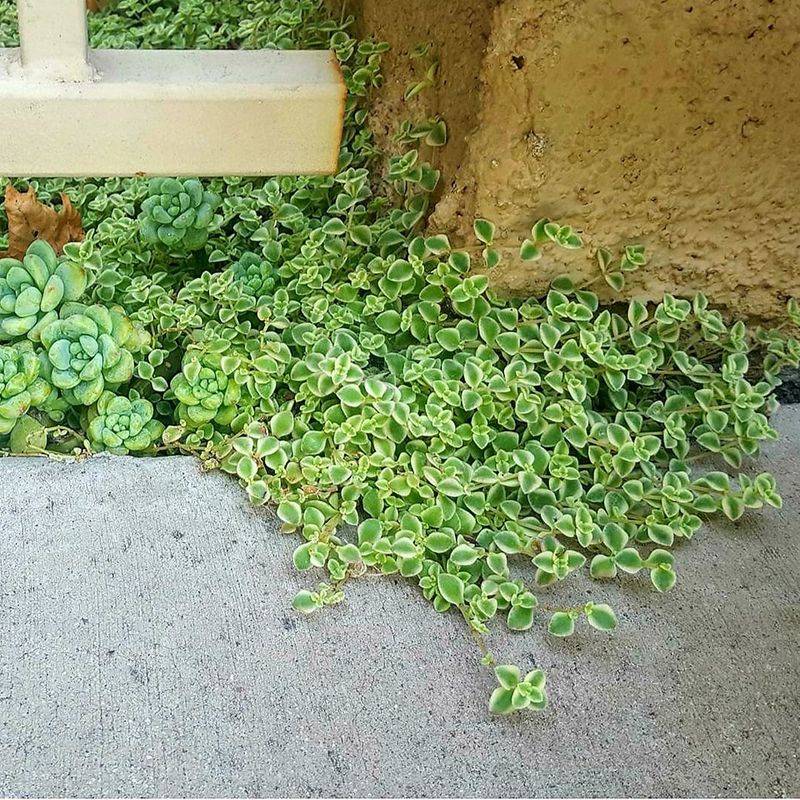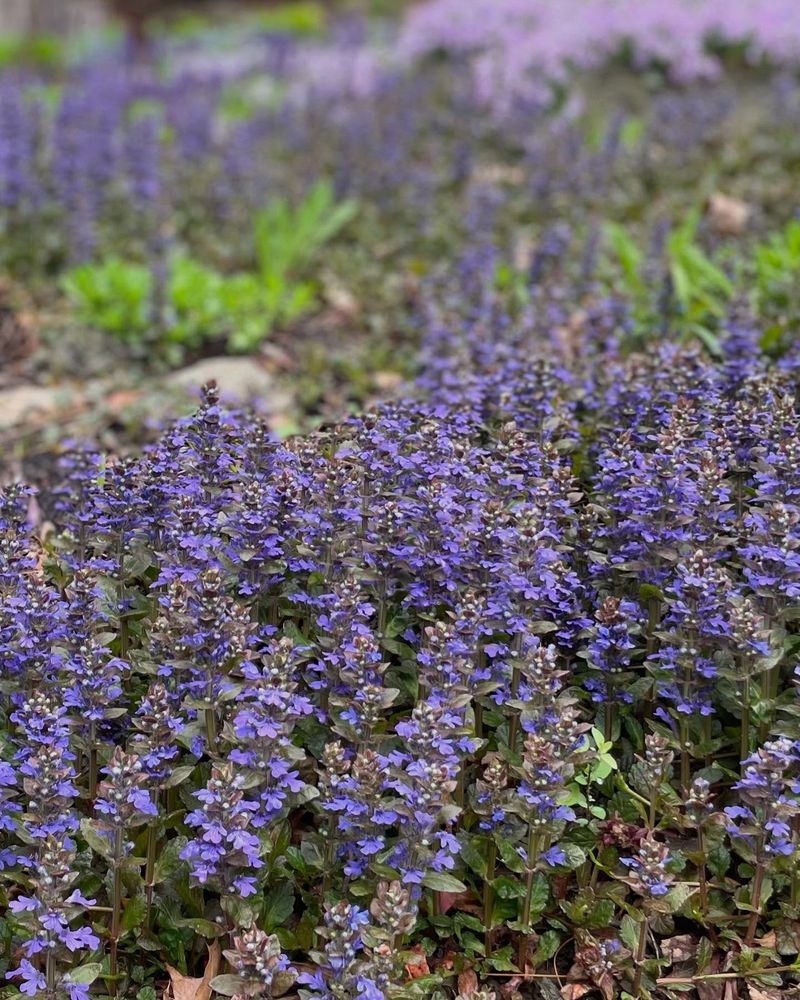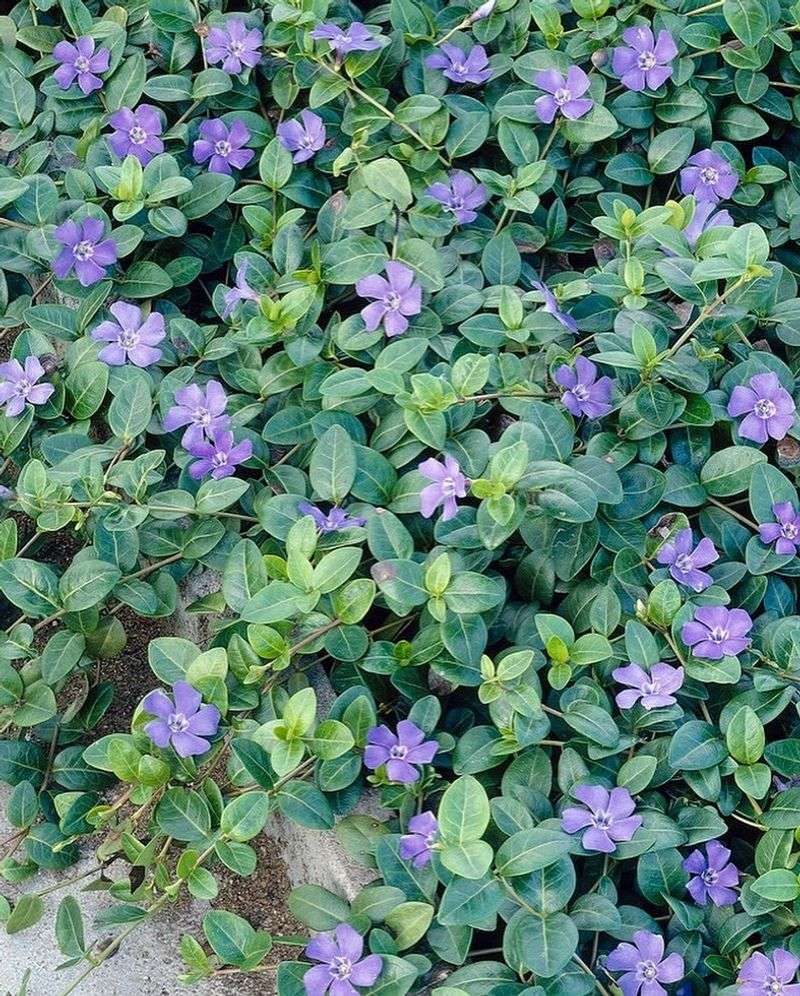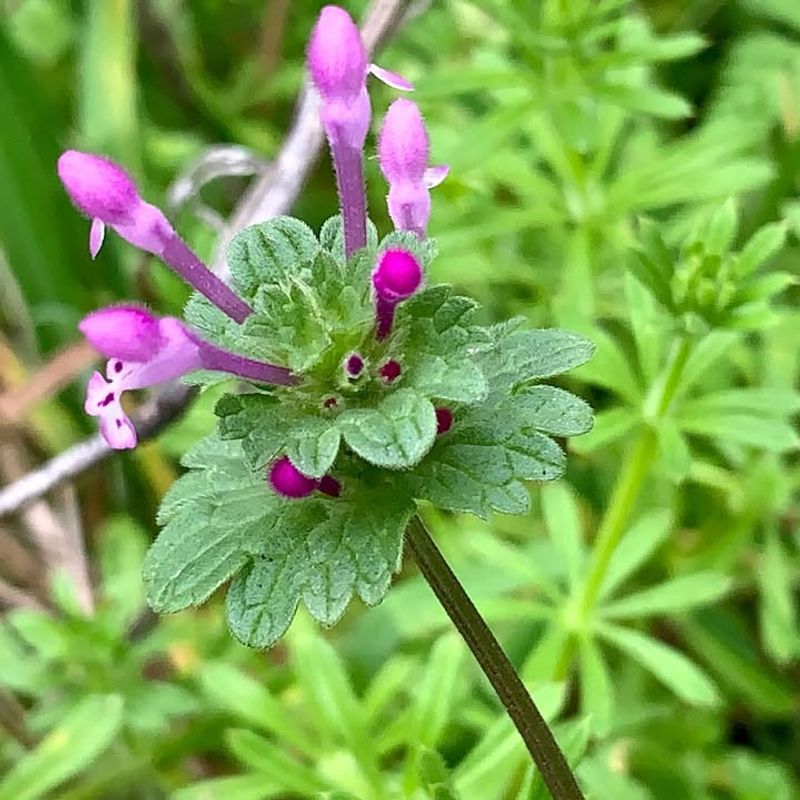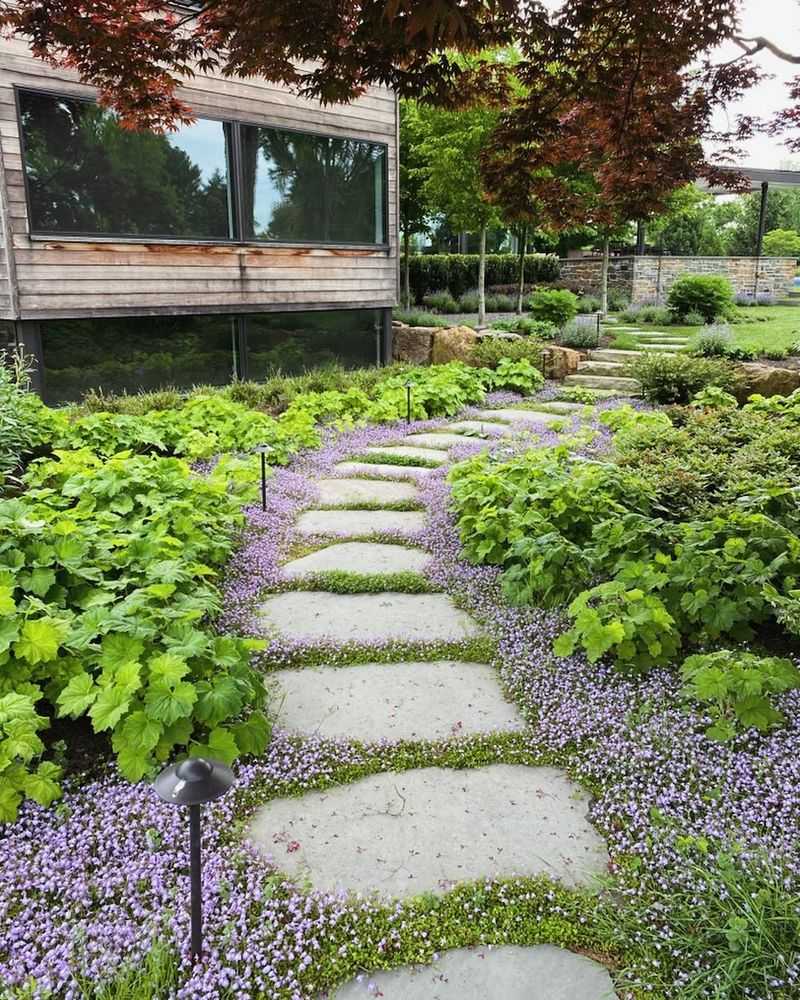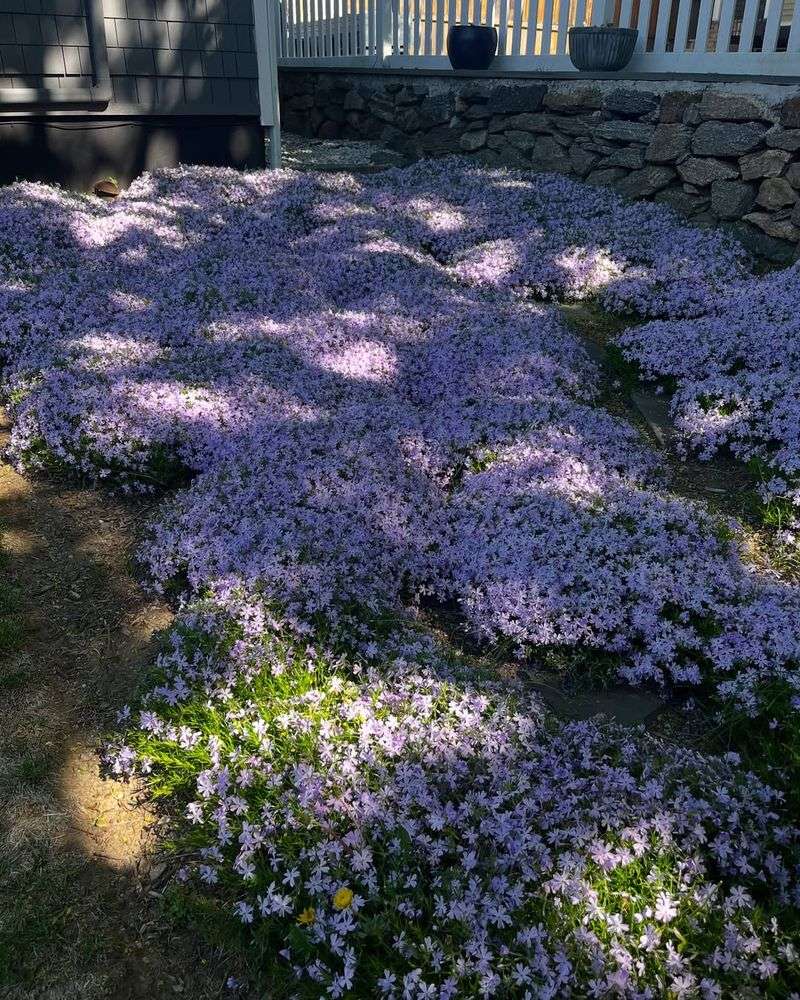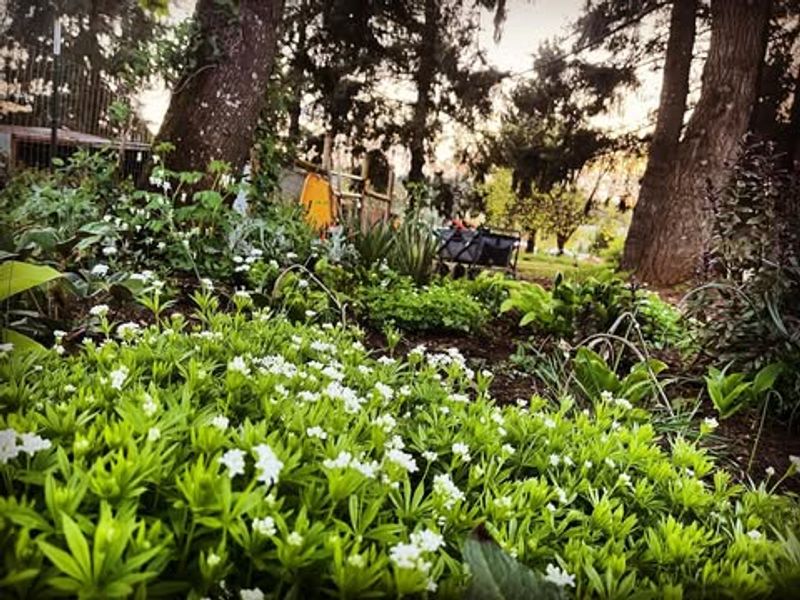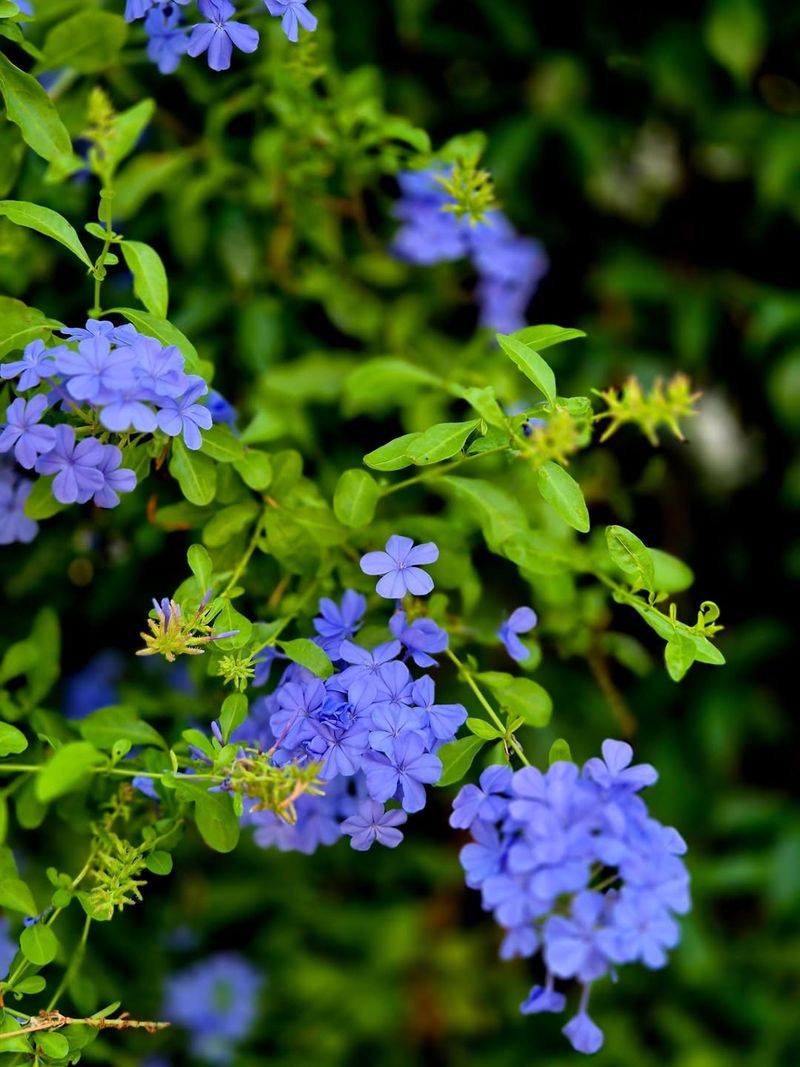Bare spots in your garden can be a real eyesore, especially when you’re aiming for a lush, green look. They break up the flow and make your landscape feel unfinished.
Ground covers are a simple fix—they spread fast and fill those empty spaces with rich, leafy texture. They’re low-maintenance and add beauty without the fuss.
Indiana gardeners have found some standout varieties that thrive in our climate. With the right picks, those bare patches can turn into vibrant, thriving garden zones in no time.
1. Creeping Thyme
Imagine walking across your lawn and smelling fresh herbs with every step. Creeping thyme releases a wonderful fragrance when you brush against it, making it a sensory delight for any garden.
This low-growing plant forms a dense mat that chokes out weeds naturally. It thrives in full sun and handles foot traffic remarkably well, perfect for pathways between garden beds.
Tiny purple or pink flowers appear in summer, attracting beneficial pollinators like bees and butterflies to your yard.
2. Pachysandra
Shady areas under trees often become problem spots where grass refuses to grow. Pachysandra solves this challenge beautifully, spreading into thick carpets of glossy green leaves that stay vibrant even in deep shade.
This evergreen perennial requires minimal maintenance once established. It grows about six to eight inches tall and spreads through underground runners, filling spaces quickly without becoming invasive.
White flower spikes emerge in spring, adding unexpected charm to those forgotten corners of your landscape.
3. Sedum
Drought-tolerant and practically indestructible, sedum varieties have become favorites among busy Indiana gardeners. These succulent plants store water in their thick leaves, surviving hot summers without constant watering.
Different sedum types offer varied colors from blue-green to burgundy, creating interesting visual textures. They spread moderately fast and work wonderfully in rock gardens or slopes where other plants struggle.
Star-shaped flowers in late summer provide food for pollinators when other blooms have faded.
4. Ajuga
With leaves that shimmer in shades of bronze, purple, and green, ajuga brings unexpected color to ground level. Gardeners appreciate how rapidly it spreads, creating a living tapestry that suppresses weeds effectively.
Blue, purple, or white flower spikes shoot up in spring, standing about four to six inches tall. Ajuga tolerates both sun and partial shade, adapting to various garden conditions throughout Indiana.
Its shallow roots make it easy to control if it wanders beyond desired boundaries.
5. Vinca Minor
Periwinkle, as many call it, has been gracing Indiana gardens for generations with good reason. Its trailing stems root wherever they touch soil, creating expansive coverage that looks neat and intentional.
Glossy evergreen leaves stay attractive year-round, while cheerful blue or white flowers appear throughout spring. Vinca minor handles both shade and partial sun, making it incredibly versatile for different landscape situations.
Once established, it requires almost no care beyond occasional trimming to maintain boundaries.
6. Lamium
Silvery leaves with green edges make lamium stand out even before it blooms. Gardeners love how this ground cover brightens shady spots where most colorful plants refuse to thrive.
Pink, white, or purple hooded flowers emerge in late spring, creating delightful color combinations with the variegated foliage. Lamium spreads steadily without becoming aggressive, filling bare areas at a manageable pace.
It stays relatively low, rarely exceeding eight inches in height, making it perfect for layered garden designs.
7. Mazus
Stepping stones get a magical upgrade when mazus fills the spaces between them. This tiny ground cover grows only two inches tall but spreads enthusiastically, creating a living grout effect.
Delicate purple or white flowers with yellow throats blanket the foliage in late spring and early summer. Mazus tolerates light foot traffic and prefers moist soil, making it ideal near water features or in naturally damp areas.
Its rapid growth rate means bare spots disappear within a single growing season.
8. Phlox Subulata
When moss phlox blooms in spring, entire hillsides transform into cascades of vibrant color. This ground cover creates stunning displays in pink, purple, white, or red that stop passersby in their tracks.
Needle-like evergreen foliage forms dense mats that prevent erosion on slopes. Phlox subulata prefers full sun and well-drained soil, thriving in conditions where many ground covers would fail.
After flowering, simply trim it back to encourage thick, healthy growth for the following year.
9. Sweet Woodruff
Deep shade beneath mature trees becomes a gardening asset with sweet woodruff. Whorls of bright green leaves create a distinctive texture that looks fresh from spring through fall.
Delicate white star-shaped flowers appear in late spring, floating above the foliage like tiny constellations. This ground cover spreads through rhizomes, filling spaces at a steady pace without overwhelming nearby plants.
As a bonus, the dried leaves smell like fresh-cut hay with hints of vanilla, historically used in sachets.
10. Leadwort
Cobalt blue flowers in late summer make leadwort a showstopper when most gardens are fading. This semi-evergreen ground cover offers something special: brilliant fall foliage in shades of burgundy and bronze.
Leadwort grows eight to twelve inches tall and spreads moderately, filling areas without aggressive takeover. It adapts to various soil conditions and handles both sun and partial shade across Indiana.
Deer tend to avoid it, making leadwort an excellent choice for properties where wildlife browsing creates challenges.

